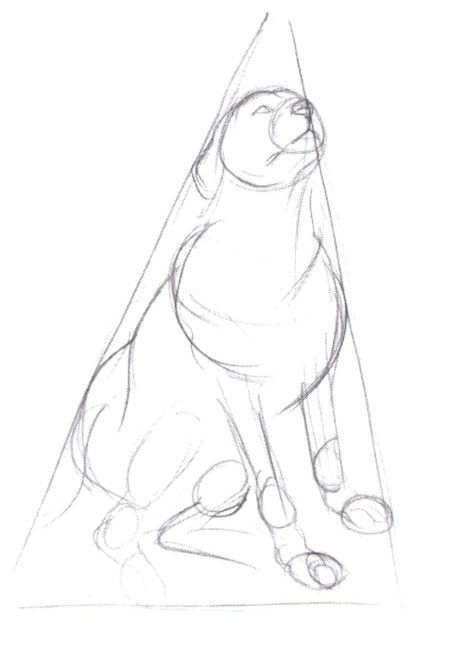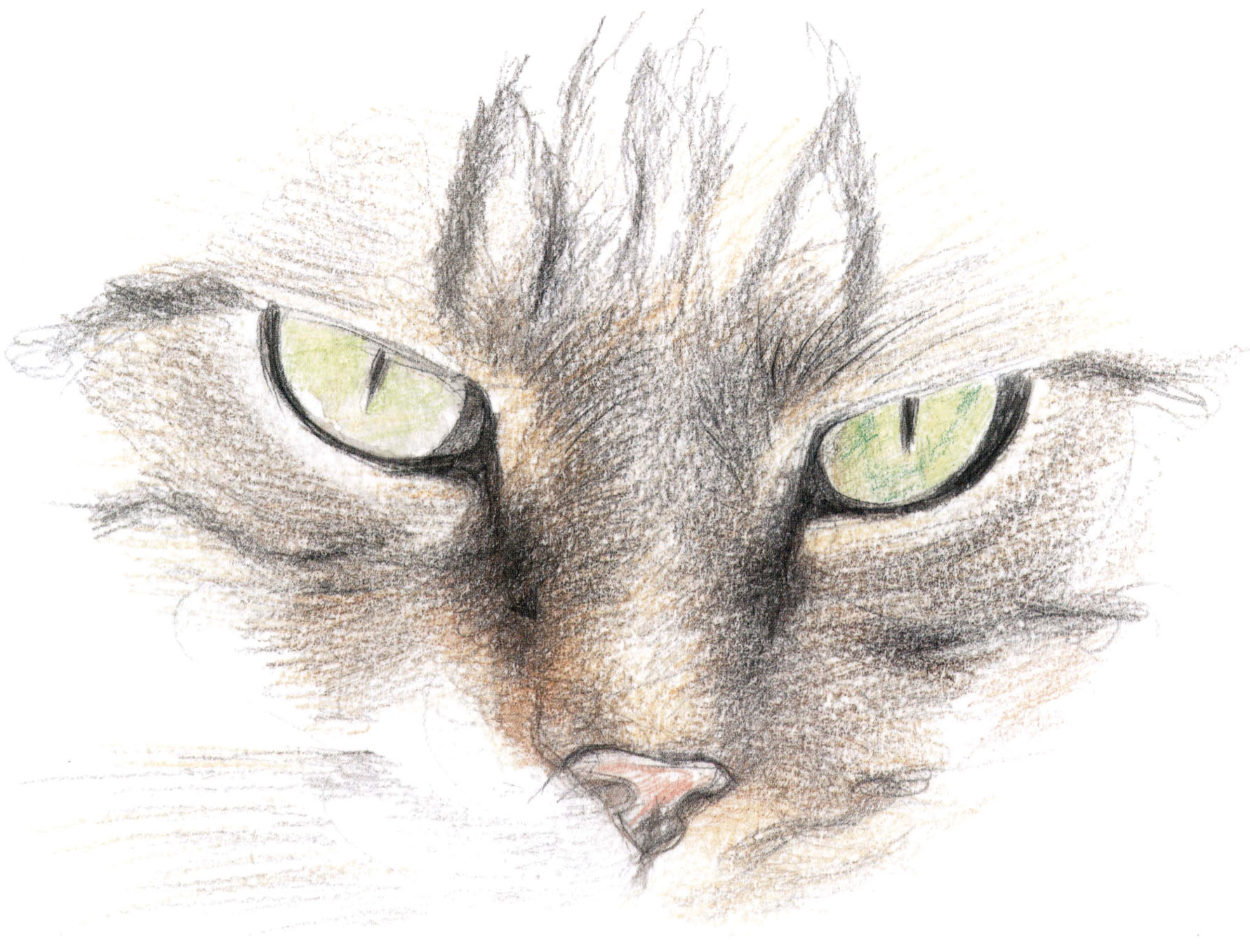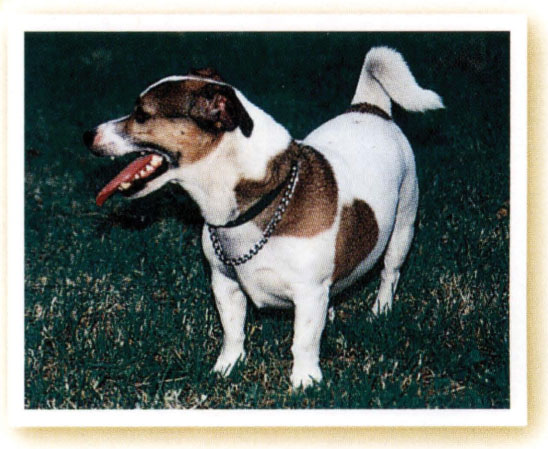
Draw and Paint your Pet



COPYRIGHT
First published in 2001 by
HarperCollinsPublishers
1 London Bridge Street
London SE1 9GF
The HarperCollins website address is:
www.harpercollins.co.uk
Collins is a registered trademark of HarperCollins Publishers Limited.
© Susie Wynne, 2001
A catalogue record for this book is available from the British Library
Editor: Geraldine Christy
Layout Designer: Anita Ruddell
Photographer: Nigel Cheffers-Heard
Susie Wynne has produced two videos, Draw and Paint Your Pet part 1 and part 2, to accompany this book. They are available from good art and craft shops or direct from: Teaching Art, PO Box 50, Newark, Nottinghamshire, NG23 5GY
www.teachingart.com
Tel: +44 (0)1949 844050
Susie Wynne asserts the moral right to be identified as the author of this work.
All rights reserved under International and Pan-American Copyright Conventions. By payment of the required fees, you have been granted the nonexclusive, non-transferable right to access and read the text of this e-book on screen. No part of this text may be reproduced, transmitted, downloaded, decompiled, reverse engineered, or stored in or introduced into any information storage retrieval system, in any form or by any means, whether electronic or mechanical, now known or hereinafter invented, without the express written permission of HarperCollins e-books.
Source ISBN 9780007116850
Ebook Edition © NOVEMBER 2018 ISBN: 9780008108564
Version: 2018-11-26
HarperCollinsPublishers has made every reasonable effort to ensure that any picture content and written content in this ebook has been included or removed in accordance with the contractual and technological constraints in operation at the time of publication.






CONTENTS
COVER
TITLE PAGE
COPYRIGHT
INTRODUCTION
MATERIALS
BASIC SKETCHING
WATERCOLOUR TECHNIQUES
USING PHOTOGRAPHS
ANIMAL FEATURES
CATS
Demonstration: Rambo, the tabby
Demonstration: Maxi, the black and white cat
Demonstration: Mr Tibbs, the Burmese Grey
DOGS
Demonstration: Jeg, the half Border collie
Demonstration: Chippy, the Jack Russell
Demonstration: Denver, the Border collie
Demonstration: Waffle, the Border terrier
SMALL PETS
Demonstration: The Highland rabbit
Demonstration: Sparkle, the lop-eared rabbit
Demonstration: Olga da Polga, the guinea pig
HORSES
Demonstration: Pragada, the racehorse
Demonstration: Pavlova, the racehorse
BACKGROUNDS
Demonstration: Wee-Un in shadow
AND FINALLY
AUTHOR’S ACKNOWLEDGEMENTS
ABOUT THE PUBLISHER



INTRODUCTION

SUSIE WYNNE
Photo: Gray Levett
My interest in drawing and painting began at the early age of around five years old and by the time I had reached nine or ten I spent a lot of my time sketching – mainly horses and dogs. Later I was formally trained in classical piano and voice, but I did not pursue these musical activities with the passion for painting and drawing that seems to have come to me over the years.
This interest in animals sprang up again as an adult when I was inspired to write some short stories for children. I soon took out my sketchpad and created the characters, and found that extremely entertaining and fulfilling. However, I became so involved with the drawing aspect that it became all-consuming. So I decided to take a temporary break from story writing and before long I was painting and drawing during all my spare time. Commissions started coming my way and I found that there is nothing quite so satisfying as to deliver a completed picture of a beloved pet and see the reaction of the owner to one’s efforts with the paintbrush!


COGNAC
watercolour pencil
Cognac is a rather elegant Basset Fauve de Bretagne. I find drawing close-up pet studies such as these very pleasing, producing an effect that can look quite dramatic. I enjoy working with watercolour pencil for this kind of detailed work, which is a very different style from my watercolour paintings.


RAMBO’S EYES
watercolour pencil
Cats’ eyes are unique in their beauty and drawing them provides an excellent exercise in getting to know the shape and general nature of a cat’s facial features. The intense yellow-green of Rambo’s eyes is emphasized by the soft texture of the surrounding fur built up in layers with pencils.
PRACTISE YOUR DRAWING
In continuing my drawing and painting I have developed my skills to a standard I did not dream I could reach at the outset. I think the advice I would give to a beginner is to establish your drawing skills well first of all before coping with how to paint. I knew a professional artist in the USA who had a good career as a painter of oils, but, after seeing my work, he told me he was going to attend drawing classes again. I was not only extremely flattered, but very relieved that I had kept my drawing skills finely tuned. I have driven myself very hard in order to do so.
So, with this in mind, I have emphasized the importance of drawing and sketching throughout this book and I do hope you will find the examples illustrated helpful and inspirational.
WATERCOLOUR PAINTING
When I first approached painting with watercolour I remember people commenting on how difficult a medium it is to control. Being the sort of person who likes to take on a challenge, however, I decided to launch myself fully into using watercolours. While I found watercolour painting very difficult at first I soon discovered that the way to approach a subject is to try to master just a little at a time. When you feel competent at doing that small amount you can then move on to the next stage. Practice is the key word and is one that I reiterate often: this is the only way to familiarize yourself to the point of being in control of a technique. Even now I find some subjects can be tricky in the extreme, and frustrating to paint, but I always persevere until I am successful.
With watercolour painting you will learn only from experience. Do not worry if you have to waste paper and paint in an effort to achieve a good result. This is all part of the learning process and, while you may want to pull your hair out at times, remember that a worthwhile activity usually requires hard work.


LORD ALFIE
Lord Alfie is a fine aristocratic Norfolk terrier and I have had the great pleasure of painting him in both watercolours and oils. This particular pose of him in watercolours portrays his refined and dignified character well! I used Yellow Ochre, Burnt Sienna., Raw Umber and Lamp Black for the range of rich colours in his coat.
LEARNING FROM PAINTERS
Another valuable step to take in your progress as a painter is to visit art galleries. Especially look at the work of the Old Masters, who painted with breathtaking expertise. These beautiful works of art are uplifting as well as inspirational.
Drawing and painting is a rewarding occupation that might begin simply as a hobby, but then turn into an all-consuming passion. When this happens I know you will agree that nothing compares with the world of creativity. Enjoy your drawing and painting!


SHERLOCK
watercolour pencil
Watercolour pencils are ideal for fine detailed work. This picture of Sherlock was made using Silver Grey, Blue Grey, Light Pink and Black coloured pencils. Sherlock is a lovely blue-grey lop-eared rabbit, so I used the Blue Grey and Silver Grey pencils alternately, one over the top of the other.


CHIPPY
Chippy, like many Jack Russell terriers, has an ‘over the ramparts’ approach to life and, having spent many enjoyable hours with him, I have found his enthusiasm extremely contagious. I decided to paint him in this pose because his tail is almost like the exclamation mark that characterizes his exuberance. He is a fine example of his breed.
MATERIALS
I have kept the materials for the contents of this book to a minimum. This is not only for the sake of simplicity for beginners who are being introduced to the subject, but I think it is also a good exercise for more experienced artists to produce work with a limited range of colours and equipment.
As with most subjects, if you are new to drawing and painting you may find that you are faced with an unfamiliar vocabulary. Art techniques are often described in specific terms that may appear confusing to you at first, but once you have begun to understand these terms you will find that they are useful to you. Do not hesitate to consult art reference books for help in clarifying any term or technique further. You will progress more quickly when you understand how both techniques and your materials work for you.
WATERCOLOUR PAINTS

My mixing palette with the ten basic colours I use in the book as tubes of watercolour.
Artists often use the term ‘pigment’ when referring to colour. This is the source powder obtained from the earth, plants, animals or minerals, or man-made synthetic substitutes. The powder is compressed and mixed with a binder, then either sold dry in little square cakes referred to as pans, or half pans depending on their size, or as moist paint in tubes.
The best watercolour paints are those known as artists’ colours. These are of a finer, purer quality and give more vibrant results than the slightly lower grade students’ colours. However, for beginner painters, I recommend students’ watercolours as they are less expensive. Paints from Daler-Rowney’s Aquafine range of students’ colours are shown here.
I use watercolour tube paints because I find them easier to work with than the dried watercolour pans. This is a personal preference, however, and you may find pans more suitable. However, if you use watercolour tubes you will find you need only a small amount to mix with water because the pigment is strong. Tubes can be bought singly or in boxes of ten, twelve or more. You can start with a small pack of basic colours and add to them gradually by buying single tubes.
I have used the following ten tube colours throughout this book: Burnt Sienna, Raw Sienna, Burnt Umber, Raw Umber, Yellow Ochre, Sap Green, Alizarin Crimson, French Ultramarine, Lamp Black and Chinese White.
I use quite a large plastic palette as I find it helps to have plenty of space in which to place the colours before mixing. Always wash your brush well in clean water before and after mixing and change the water in your jars regularly to avoid any hint of muddiness in the mixes. Keep a piece of kitchen roll handy to mop up any splashes that will inevitably occur in your enthusiasm.
Take your time when mixing and practise before starting to paint. If necessary allocate half a day, or as long as it takes you to become confident. Learn the basics of colour theory and make a colour wheel as a reference to familiarize yourself with the rules of mixing.
BRUSHES

The five watercolour sable brushes I recommend (sizes 00 and 000, and nos 3, 8 and 11), HB sketching pencils, a putty eraser and a selection of watercolour pencils.
I have used only five brushes throughout the book. The round brushes that I prefer are sizes 00 and 000, and nos 3, 8 and 11. The size 00 and 000 brushes are the smallest ones and I use them for very fine, detailed work. I favour sable brushes made by Daler-Rowney. Although the sable ones are more expensive it is worth spending that bit extra because sable really are the best to work with. I find them much more pliable than synthetic brushes; they hold moisture better and therefore make controlling the paint easier. If cost is a major factor to consider, however, you will find that synthetic brushes are quite adequate, and I have used many in the past, especially in my early years as a watercolourist.
Sometimes a vast array of brushes of all shapes and sizes is somewhat overwhelming to the beginner. Whatever brush you decide to buy, though, always remember to check that the tip of the brush forms a fine point when wet. If you have any doubts you will find that the assistants in a good art shop will help you to choose.
Once you have become familiar with the types of brushes suitable for your particular type of work, and are competent in using them, you will start to understand how watercolour can vary by using different types of brushes for different types of paintings.
Landscapes, for instance, require bigger brushes for colour washes that cover a larger area than those for portraiture. Concentrate on learning just a little technique at a time and become comfortable with that and the types of materials needed; then you can progress to the next step.
Always work with a clean brush before applying any colour and at the end of your working day wash it out well with warm water and a mild soap. Brushes come with plastic covers and you should keep these and replace them after use; they will help retain the shapes of your brushes.
PAPER

My camera, watercolour paper blocks and sketchpads.
Watercolour paper is sold in single sheets or in pads or blocks. The blocks are more expensive and are formed of sheets compressed together; each sheet can be eased out with the blunt side of a knife via a little unstuck area. You will see the term ‘cold pressed’ used and this is the type of paper recommended for beginners, as it has a semi-rough surface. It is often known as ‘Not’ and this means that the paper has not gone through the process of hot pressing. It is suitable for washes and line work as it has a slight texture.
WATERCOLOUR PENCILS

SUSIE AT HER EASEL
Rambo, Susie’s cat, is a regular bystander when Susie is at work.
I have used Daler-Rowney Derwent watercolour pencils in this book and these come in presentation packs of 12, 24, 36 or 72 assorted colours. However, they are also sold singly and this is probably the best way to buy them because with a pack of pencils you usually find that there are many colours you do not wish to use. Make your selection with reference to a particular pet and buy more colours as you need them.
Make sure you have a good supply of lead pencils. Pencil grades range from hard, thin leads to soft, thick leads. The former are useful for fine work and the soft, thicker leads are ideal for covering wider areas and non-detail work. I prefer using an HB pencil for drawing for watercolour since it does not smudge into the paint mixture.
OTHER ESSENTIALS
You will also need a putty eraser and a good pencil sharpener.
I also find a camera an essential piece of equipment for capturing reference photos of all types.
Always work in good light, using a daylight bulb if you are not in a naturally lit studio space. A daylight bulb produces a true, natural colour as opposed to conventional yellow light bulbs.
Easels range enormously in size and price and as a start you can use a table easel.
Keep your working area orderly. Following this rule will help you work more easily and with greater concentration. A disorderly studio will not only slow you down, but will distract you in your creativity.
TIPS


BASIC SKETCHING
An artist first has to be able to observe his or her environment well. You will find that your observation skills will improve markedly if you get into the habit of sketching regularly. In fact, sketching often and every day is a vital activity to help you progress in your drawing skills. Buy a small hard-backed sketchbook that you can carry around with you and use it as much as you can. Keep all your sketches and watch how your drawings get better with frequent practice.
LOOKING AT SHAPES
Even though this book is all about drawing and painting animals it is important to train yourself to look at the shape of everything around you. I would recommend you first of all just take a walk in your neighbourhood or local park and look at the basic shapes of buildings, trees and flowers and consider them from a new viewpoint. How would you start sketching that flower, say, as simply a shape? Spend time on this activity by just observing and working out in your head the shapes of various things you see. Then, on your next walk, take your sketchbook with you and make drawings and written notes to reinforce what you have observed.
Once you have trained your eyes to look at the things around you in terms of shapes you will find that you can look at your pet more objectively. For instance, notice how cats and dogs tend to curl themselves up when they are asleep or sitting, and you will soon start to see them as spherical shapes. Forget about any detail at this stage; the idea is to capture an impression of the animal that allows you to recognize its basic form. In doing so you may also surprise yourself as you start to draw typical poses that capture the spirit and character of the animal.
Acquiring the skill to recognize basic shapes will enable you to capture the form and outlines of the animal at the outset.












HEAD SHAPES